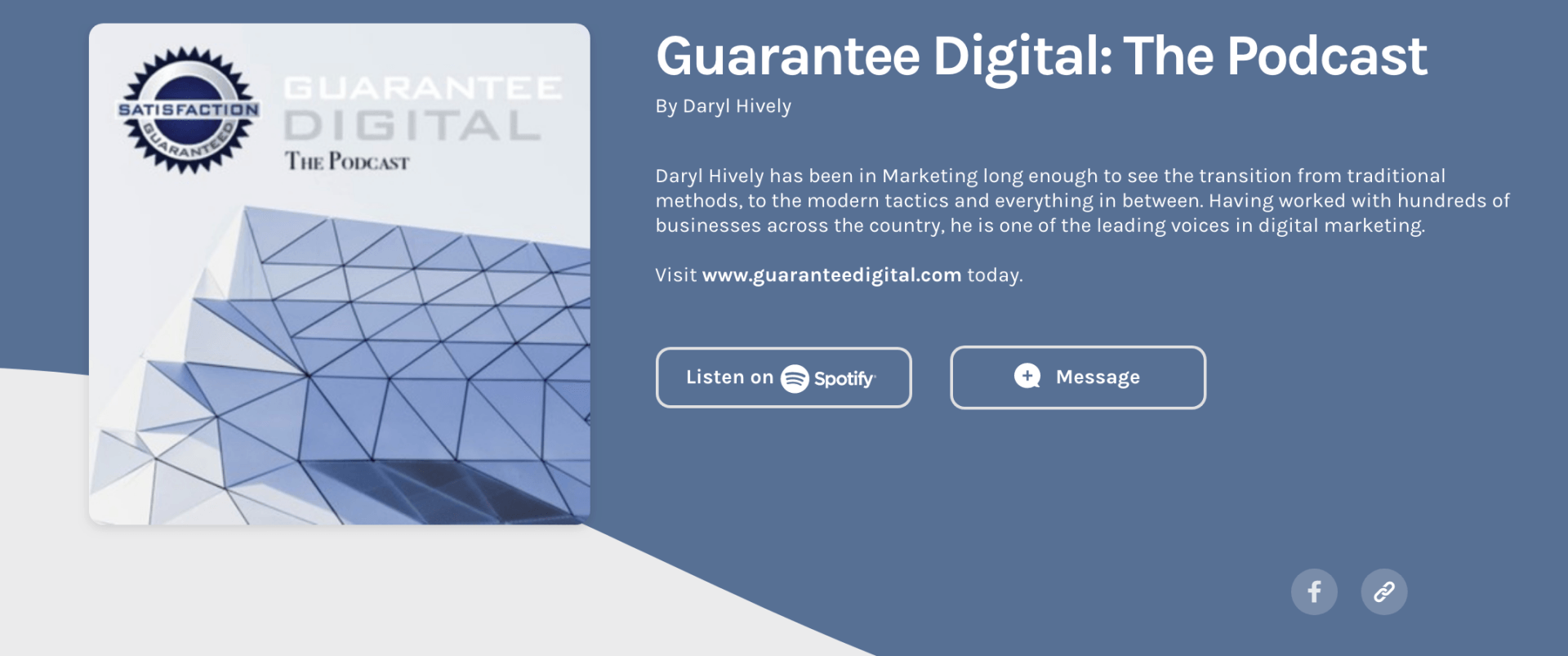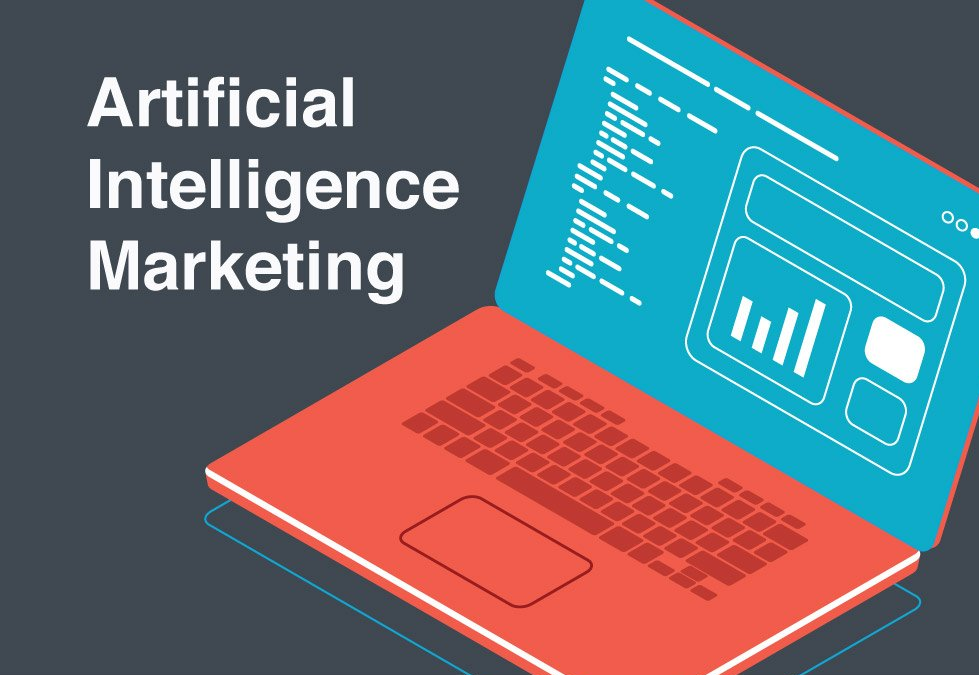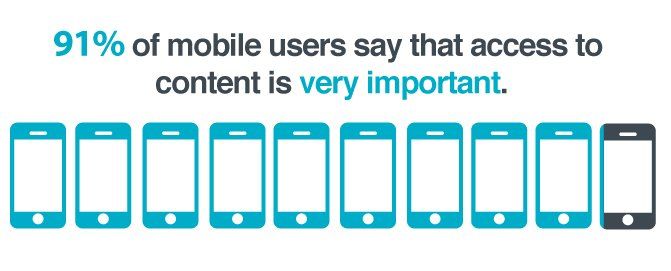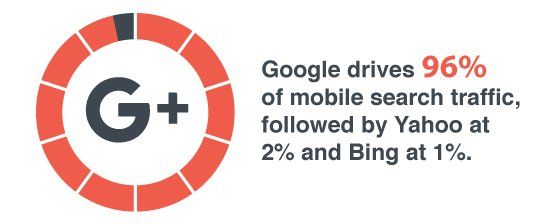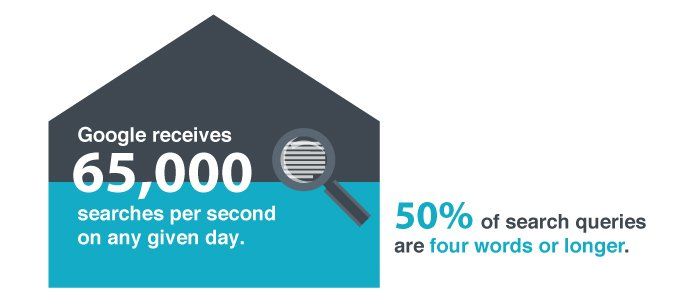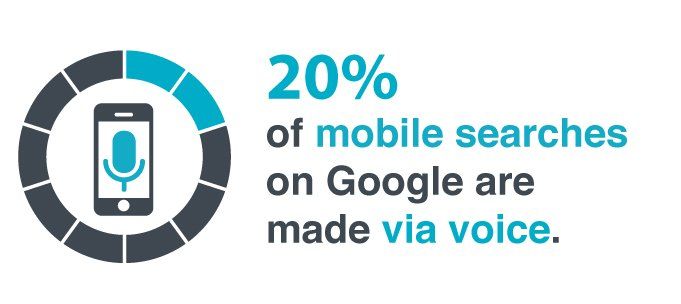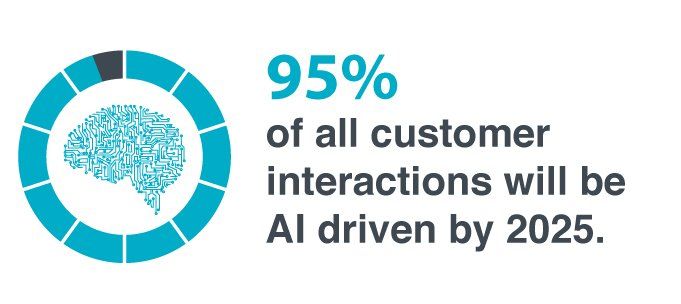3 New Ways to Adapt for Better Online Content Discovery
Just 5 years ago, mobile browsing barely had a presence in market share. Now the tables have turned, with mobile on top with 52% market share and desktop at 44%. What’s more, 20% of all mobile searches is voice search. Not only that, about 4 billion devices will carry AI-powered voice assistants this year and this number is expected to hit 7 billion in 2020. These changes offer several new developments in the SEO world.
Mobile-Indexing
The golden rule of marketing, identifying what your customers want and offering them the solution that best meets their needs, still rings true in the digital sphere. The main tools include identifying buyer personas, building a customer journey and creating a plan to meet those needs. The same is true for Google. From developing an enhanced search engine to offering devices, Google’s main focus has always been for their users to receive experiences tailored to their needs.
This is where mobile-indexing comes in. The focus is offering a responsive design and making sure Google crawls your mobile site first. This mobile version will be considered the primary version of your website. Again, it’s all about offering a unique experience to each user.
Let’s be more clear, this does not mean taking your desktop website and using the same content and structure. To be ranked higher and provide better user engagement, think like a mobile screen. Let the main information you provide be exactly what your customers usually want to do when they come to your site. The faster a customer resolves and completes their desired action, the more they will trust and rely on your service.
How can this be achieved? Here are some examples.
- Provide one thought per page. Offer succinct information that summarizes your service and provide links to more information as needed. Develop your search bar on mobile, as it will help develop a better user experience by seeing what the top searches are within your website.
- Prioritize navigation. Mobile menu options and quick links need to be aligned with why your customers come to your website through their mobile. They wanted to know the score from last night’s game, the latest discussion on local politics or see the weather forecast. Offer those sections first through tabs on top.
- Think Like a Search Engine. Page speed, site errors or missing links, text size and reading features – these are some ways search engines rate your website and user experience. For example, all your web pages should load in two seconds or less. Users won’t wait for your web page to load, especially if there are missing links and errors, which multiplies into customers moving away from your brand.
Bottom line, if you have a website that has a responsive design then you have no big worries. If you still only have a desktop-friendly site, now is the time to make some upgrades. This also includes other engagement-heavy pages like your classifieds, obituaries, and contact pages.
Context Matters
Search engines are becoming smarter with every year. Not only that, but consumer behaviour is dictating how search engines need to respond to queries. Gone are the days when search only allowed keywords. Nowadays, consumer are comfortable and want to pose complex questions and expect accurate results.
Search engines can now recognize connections from queries. Algorithms now actually perceive the context and intent behind the search and using similar past search data, deliver results that best answer the initial query.
So what does this mean for content? Newspapers actually know the strategy from long ago – produce online content like a publisher. Use online social listening tactics and tools to find stories, topics and trends that resonate with your readers now. Online content needs to help respond to questions and problems in the moment.
The main benefit newspapers have in the content development circle is their brand. It is not only when something is mainly published in print that it becomes authoritative and trustworthy, but also the source it is coming from. Newspapers value real news and provide information without bias. This is the shift that Google wants to take place online, as trust is lessening online.
Evaluating your online content strategy through the lens of search engine optimization (SEO) and top search results only, does not lead to success anymore. Rather, the focus needs to fall on the content experience analysis first, which focuses not on the quantity but quality provided for the user journey. The new partnership of SEO and content marketing allow for an enhanced strategy, focused on intelligent content creation and content performance.
Voice Search Optimization
Alongside the growth of mobile, intelligent agents (chatbots and personal assistants) are creating a new niche market in communicating and accessing information on our devices. We are now in the post-mobile world and many tech giants have made the shift from mobile-first to AI-first. AI revenue will reach $36.8 billion by 2025, a significant increase from the $643.7 million mark in 2017.
Moreover, approximately 55% of teens and 41% of adults are using voice search at least once a day. This means SEO needs to be more conversational. Do not focus on blocks of 2 or 3 words alone, but consider full sentences for keyword strategies. Think chats, think talks, think conversations. Your content needs to include natural language, expressions and focused on questions that you already hear being asked about your brand. Long blogs and informational articles with simple and conversational headings or sub-headings are some examples to target conversational queries and become more discoverable.
Joining the voice-enabled search circle will also include harnessing your reviews section. The more satisfied and happy customer you have that leave positive reviews, helps you rank higher and come up at the top of search engine recommendations. Online reviews help answer your audience’s most common questions, but with the transparency that guides them to their decision.
of marketers have no plans to begin preparing for it. All the while, Google allowing featured snippets to provide answers to voice queries. It reads the snippet and highlights your company name for brand awareness, so with your new keyword strategy, you could become Google’s only search result.
No wonder browsing and accessing information is becoming ever more instantaneous, affecting every facet of our lives. Consumers expect search engines to answer their direct questions, offer the best options, remember their profiles and connect them to the world around them right at their fingertips. Only the brands that join in on the online conversation can actually be seen and heard. Audit your content, consider voice search optimization and design your website mobile-ready.

